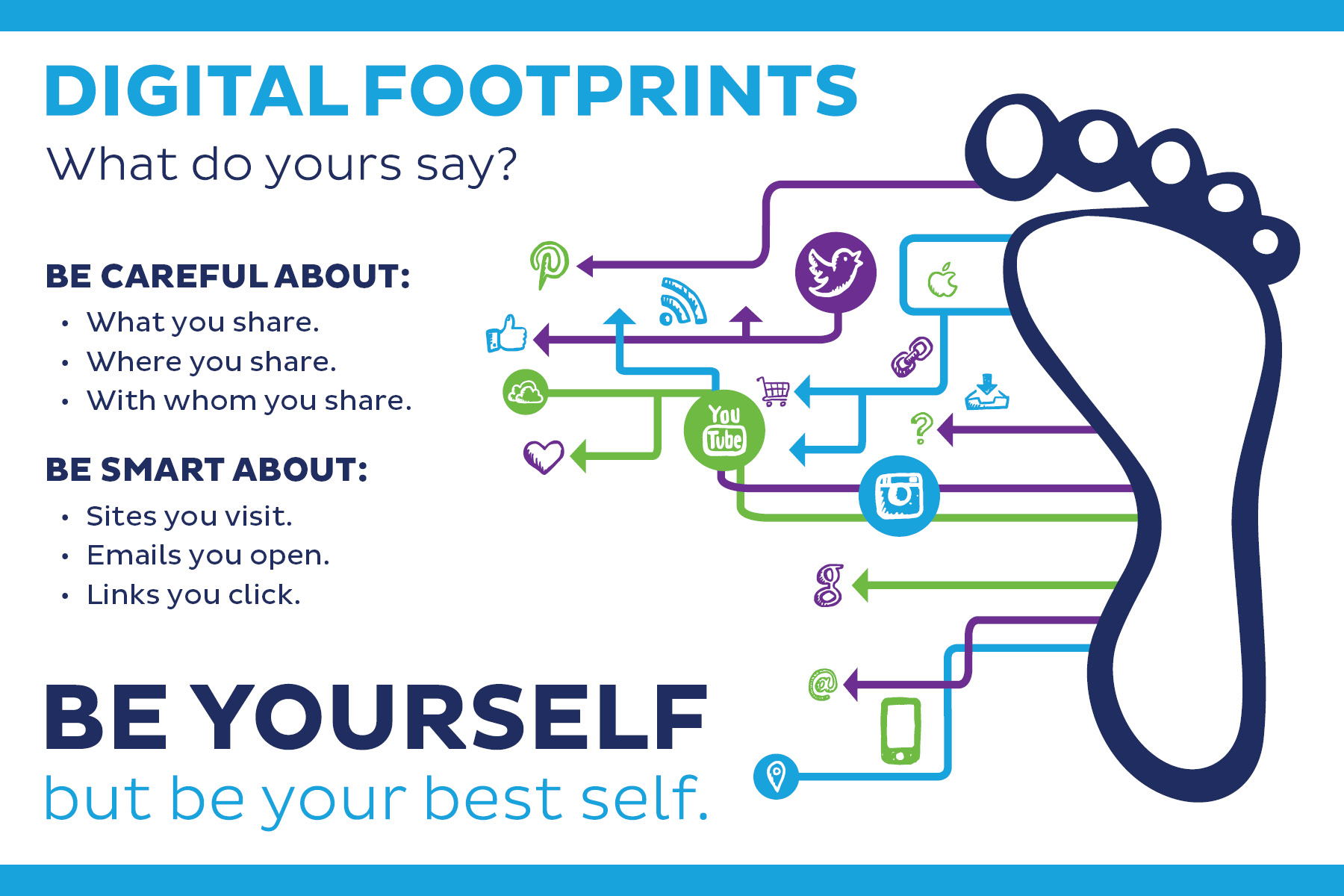Some folks may be wondering how the cloud (web services including storage) acts as the glue that ties a customer to a particular ecosystem.
Web based services/applications form one part of that; take your e-mail address for example. There’s a lot of history associated with it and changing your primary one is not that different than changing your primary phone number or home address; there’s a lot of people that need to be notified of that change.
Other folks may utilize web applications specific to a company to manage their data/information. A simple example are folks that utilized Google’s Picasa Web Albums for their photos (pre-Google+ and pre-mobile).
In this mobile-heavy world though, many companies are hoping to make you more sticky to their particular ecosystem by tying your media into the cloud. That media includes your apps (both mobile and desktop), music, personal photos, and personal videos.
It’s why Amazon threw in another perk for Amazon Prime customers ($99 year); unlimited photo storage. It’s why Microsoft has an automatic upload option for the iOS Camera Roll. Apple is currently beta testing iCloud Photo Library which eventually is supposed to work seamless across all Apple products (and also sets the stage for iPhoto’s eventual replacement on the Mac with a Photo’s app that works like its iOS counterpart).
iCloud Photo Library (unlike Photo Stream) allows full resolution photos as well as edits (since it is presumed the Photo’s app on the Mac will include the editing capabilities of iPhoto and possibly some of the prosumer level ones from the discontinued Aperture app). Once your devices media (photos and videos) are pushed up to iCloud, it then gets pushed out to other devices that are tied to that Apple ID (provided that is how you want it setup for other devices).
So you can take a photo on your iPhone, and it will be pushed up to iCloud, and be made immediately available on your other devices without having to do anything. Likewise, if you decide to edit the photo on one device, that change will propagate to other devices associated with that Apple ID.
The stickiness in Apple’s case is the entire ease of use. With every other cloud solution including iCloud, it’s also all the storage space required. Once you have a large amount of personal media stored in the cloud, there is less of an incentive to have to re-create that library elsewhere. Some companies are using vast amounts of free initial storage as the carrot.
Amazon ties a lot of perks to Amazon Prime in an attempt to bring the cost/benefits down to a level where the price quickly pays off (free 2 day shipping in the contiguous US, unlimited ad-free music streaming, unlimited video streaming, and unlimited secure photo storage). At $99/year, that is lower than Google $120/year for 1TB of storage (with far more perks). Unlike the others, Amazon’s cloud storage does not yet offer two-factor authentication (a major security consideration).
Microsoft gives 30GB of OneDrive storage for free, charges $84/year for 1TB, but also recently provided unlimited OneCloud storage with an Office 365 subscription. A typical personal Office 365 subscription runs $70/year.
Dropbox offers 2GB of storage for free while Dropbox Pro costs $9.99/month for 1TB. Apple’s iCloud offers 5GB of storage for free while 1TB of storage costs $19.99/month (the most expensive out of the group). Apple’s storage prices have never been the lowest and likely never will be as there is always a minimum profit margin level the company wants to maintain (plus Apple justifies the premium by the ease of use angle).
Again, I’m not sold that Apple can do web services right (and that includes not pulling the rug out from the web apps or drastically changing the way they work in the next operating system upgrades). I point to MobileMe as the prime example of Apple wasting customers time investment with using iWeb and Galleries (the latter integrated well with iPhoto) as an example (I myself paid for extra services when it was known as iTools and then .Mac, before I moved away from relying on Apple’s web services). I point to how the upgrade to iOS 8, immediately disabled iPhoto’s functionality in iOS.
There was a point where I evaluated the Web Journal functionality of iPhoto to use to replace my blogging efforts (using Google Blogger) but decided not to (because again, I have this long distrust of counting on Apple when it comes to its web services efforts). And my gut instinct turned out to be correct. It’s this same gut instinct that has me distrusting Apple’s current iCloud flavor of the day push with iCloud Photo Library. Put all of your eggs into Apple’s web services basket, and except those eggs to get crushed in the future. As a result, I refuse to be tied to closely to Apple’s iCloud ecosystem
As a result, outside of pricing, I see no clear winners at this point. From a pricing perspective, Apple is once again falling behind the curve (but because they move to the same slow beat of their own drum on the web services front, I don’t expect them to make the offerings more price competitive that quickly).
What’s going to matter the most though is service reliability, service security, and overall service stability in terms of ongoing support for the features being promoted. The not so funny irony in all of that as I’ve written a few posts earlier, is how I find myself slowly favoring Microsoft’s solutions. Putting on my old IT cap, that is really bizarro world for me because I know how screwed up things can get under the surface.




2 Comments